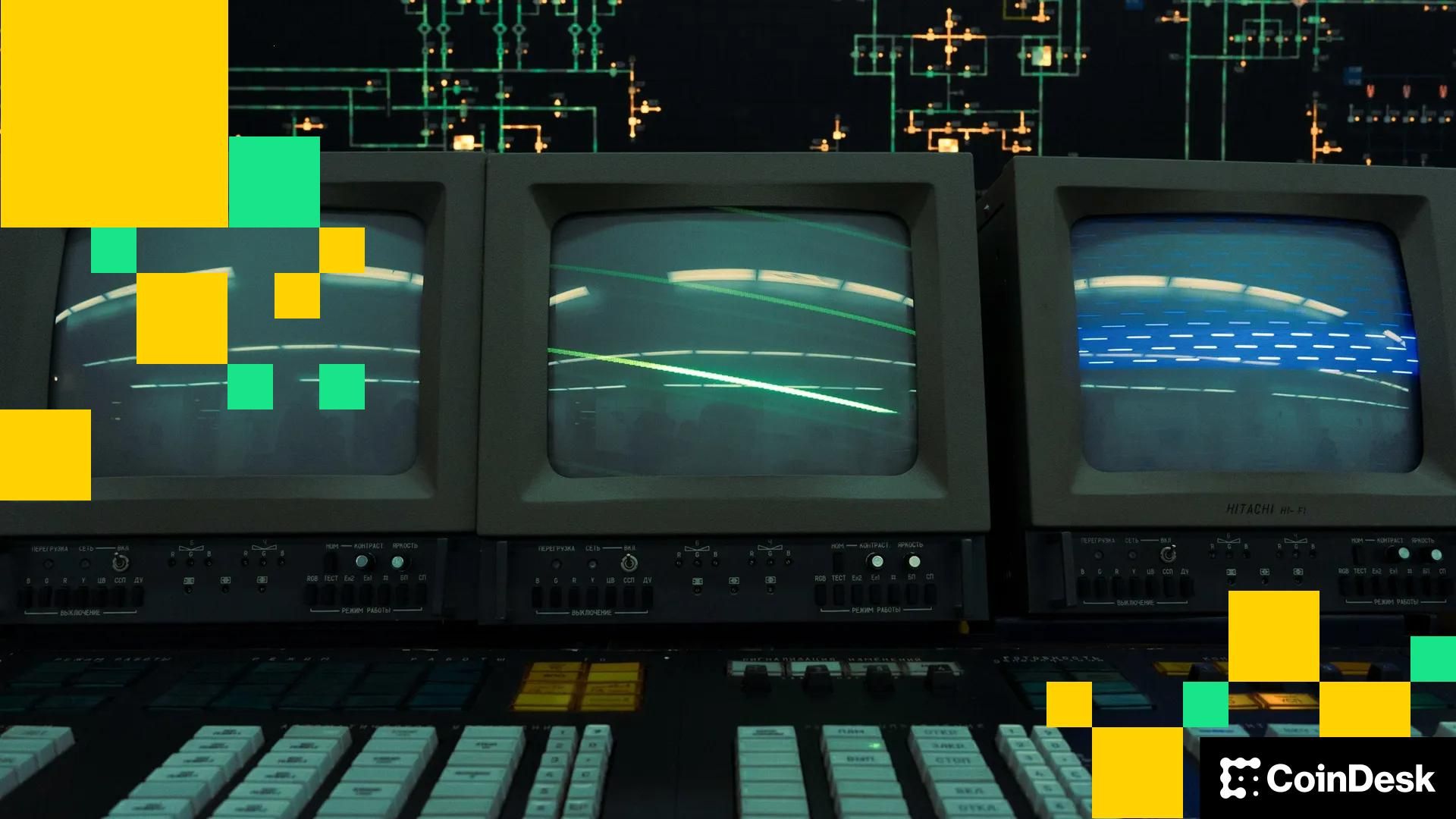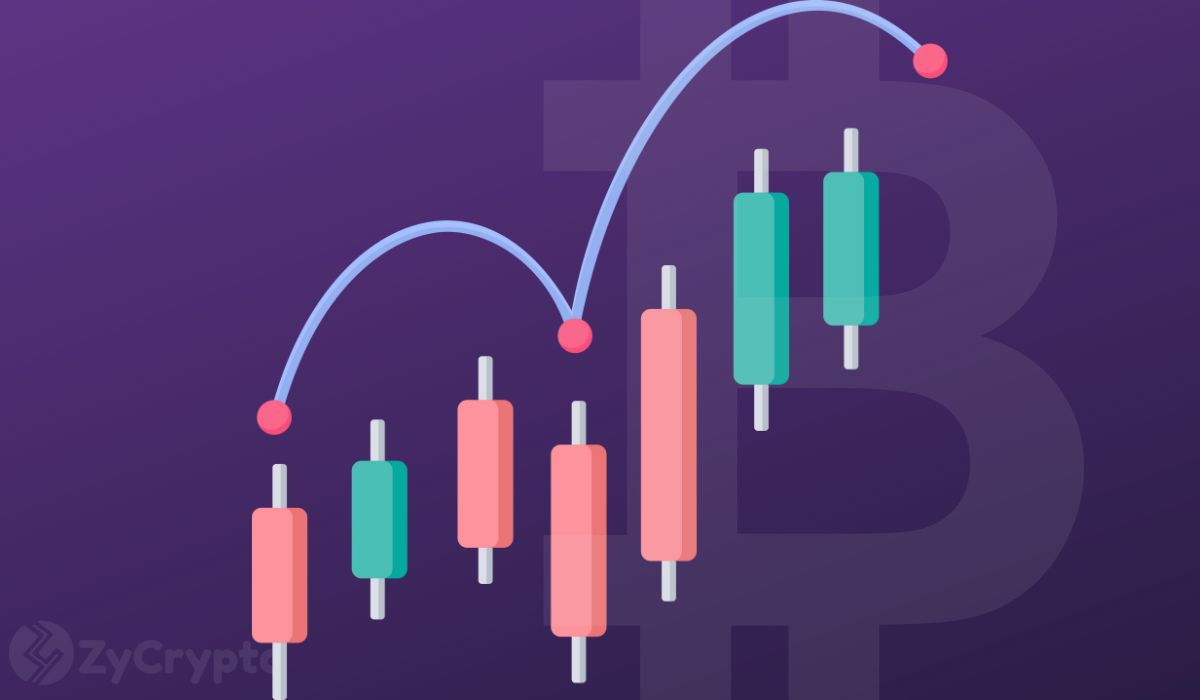Ten of the world’s largest banks, including Citi, Deutsche Bank, UBS, Barclays, MUFG, Santander, and Bank of America, are exploring the launch of stablecoins pegged to major G7 currencies.
The initiative aims to create a network of interoperable digital tokens backed 1:1 by fiat reserves such as the US dollar, euro, pound, and yen.
The project is still in its exploratory phase. But it marks the first serious attempt by the global banking sector to enter the stablecoin market dominated by Tether and Circle. If realized, it could redefine how banks handle cross-border settlements and digital assets.
The Good: Why the G7 Stablecoin Plan Makes Strategic Sense
The proposed network could legitimize stablecoins as a trusted financial instrument. Unlike offshore issuers, G7 banks operate under strict capital and liquidity rules.
Their involvement could bring credibility, transparency, and oversight to a market worth over $300 billion.
Supporters say this could modernize global settlements. Blockchain-based tokens could enable instant foreign exchange swaps between currencies that currently take days to clear through SWIFT.
Also, Banks view the project as a bridge between traditional finance and tokenized assets like digital bonds or securities.
 Source: X (Formerly Twitter)
Source: X (Formerly Twitter)The Bad: Complexity and Fragmentation Risks
Despite its promise, the plan faces serious execution challenges. Each G7 stablecoin would be governed by separate national regulations, risking fragmentation and inconsistent standards.
Without harmonized legal and technical frameworks, interoperability between currencies could falter.
Liquidity could also splinter. If each bank issues its own version of a currency token, markets could face overlapping or competing instruments.
Regulators must still decide whether these tokens count as deposits or off-balance-sheet liabilities. This decision could reshape bank capital rules.
The Ugly: Systemic and Geopolitical Fallout
The biggest concern lies beyond G7 borders. A consortium of digital “hard currency” tokens could accelerate capital flight from emerging markets, where local currencies already struggle against dollarization.
Standard Chartered estimates such shifts could drain up to $1 trillion from developing economies by 2028.
Moreover, a global network of bank-issued stablecoins could blur the line between public and private money.
If left unchecked, it risks creating a parallel monetary system faster than central banks can regulate, increasing systemic and cyber risks.
The Bottom Line
The G7 stablecoin initiative could be the boldest experiment in digital money since SWIFT’s creation. It could make cross-border finance faster, cheaper, and programmable — or entrench global banking power in blockchain form.
The outcome will depend on whether the world’s top banks can innovate without repeating the same structural flaws they aim to replace.
The post Ten Banks Explore G7 Stablecoins, But Will It Work? The Good, Bad, and Ugly appeared first on BeInCrypto.



























 24h Most Popular
24h Most Popular









 Utilities
Utilities